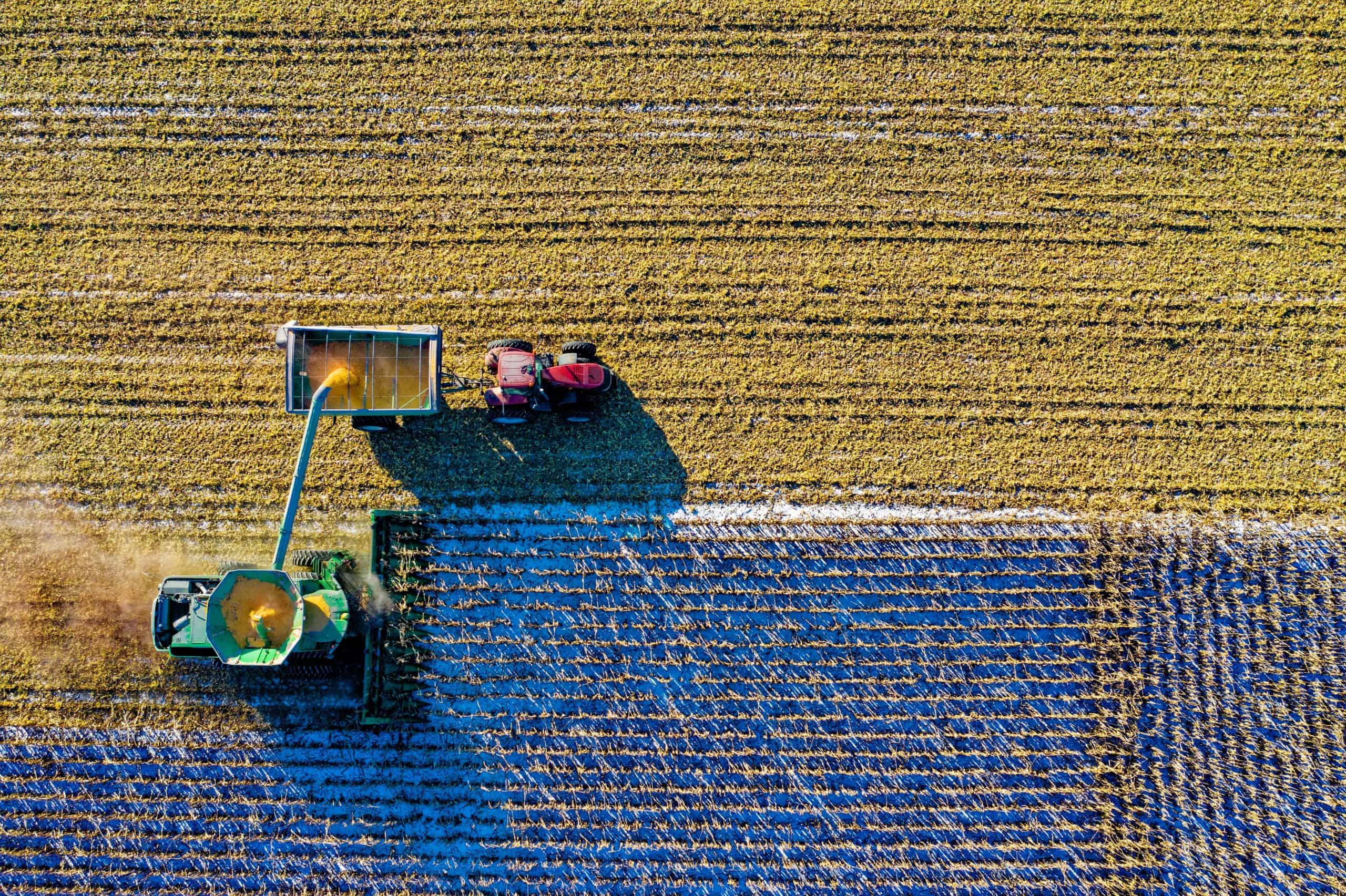
Smart farming: harnessing agritech
We’re going through a transitional period in British farming, which is largely going unnoticed by those outside the industry. Trends in diet and lifestyle – the rise of veganism, lactose intolerance, and not to mention supermarket milk prices – are forcing farmers to adapt their offerings in order to survive.
An example of this is the diminishing number of dairy herds across the country thanks to a rise in cows’ milk substitutes (such as almond milk), which has led to an increase in crop diversification. Growing oil seed rape for biofuel is now a large revenue stream for farmers who once grew maize (corn on the cob/sweet corn) for their dairy herds.
However, it’s not all doom and gloom for farmers. Technology is revolutionising the ways in which farmers can make the most out of the land and their animals. Recent developments have resulted in innovations that farmers from yesteryear would never have believed conceivable.
‘Precision agriculture’ is the wonderfully generic term given to cover how farmers and land-owners are able to utilise GPS technology, IoT (Internet of Things), sensors, and a whole host of other equipment, to increase yields and create environmental sustainability. Whilst it won’t be an absolute problem solver for every farmer, it’s certainly helping to improve aspects of their farming, as well as optimising end results.
The IoT in particular has reached just about every industry, and agriculture has not gone untouched. From predictive analytics for crops and livestock, to climate monitoring and forecasting; smart farming applications have really opened up production. As with all areas of life, cultivating soil and farming livestock are creating an abundance of Big Data, and harnessing this intelligence offers the key to the future of farming.
Big Data, teamed with pioneering technology, can be garnered through linking farm equipment with sensors to connected devices. The data can then be used in three stages:
Before – predictive work
Using previously recorded data, farmers can predict weather patterns to guess the best time to harvest crops, and the best time of year for animal husbandry.
During – assisted working
Remote control is a powerful tool for monitoring crops and livestock. It can also be used to monitor and work farming equipment, as well as produce statistics on livestock feeding and storage logistics. Additionally, during field-based activities such as harvest, sensors on farm machinery and GPS allow farmers to map the land for the most efficient way of completing the task at hand.
After – an analytical approach
The insight that data provides enables farmers to build profiles for soil types, crop health, the condition of machinery, animal lifecycles, energy consumption, storage conditions, and farm labourers’ well-beings. By analysing this data, farmers are therefore in control of areas they can improve or adjust to boost revenue streams.
So whilst there is change afoot for the farming industry, there is also much excitement to be had. Technological innovation is the driver behind more efficient, cost-effective farming that will not only keep livestock in their fields and crops in the ground, but will help farmers meet the demands of a growing, hungry population.





